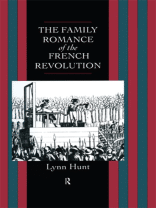This volume contains fifteen articles on current theoretical issues in Basque and Romance linguistics. Even though Basque and Romance languages are typologically different and have different genetic origins, one thousand years of coexistence have shown certain parallelisms in their respective grammars. It is Mario Saltarelli that first offered a formal linguistic account of phonological and syntactic phenomena that occur in these two language groups. Thus, this compilation of articles in both Basque and Romance linguistics not only pays tribute to Saltarelli’s work by acknowledging his formalization of this relational insight, but also comprises state of the art research on languages with strong geographical and historical kinship.Fifteen reviewed articles written by sixteen top scholars in the field provide fresh analyses of long standing challenging phenomena in Romance and Basque linguistics such as geminates, the evolution of Basque plosives, clitic doubling, clitic clustering, directionality of clitization, the role of agreement, focus, the interaction of voice and aspect, unaccusativity, semantic interpretation and syntactic structure of Determiner Phrases, obviation, control, and anaphoric and pronominal binding. This variety of topics however is unified by limiting the contributions to the four major formal areas of linguistics, and to one single framework, Generative Grammar, although in some of its many incarnations such as Minimalism, Optimality Theory, and Relational Grammar. All this, along with the number of languages covered by the authors (Aragonese, Basque, Catalan, French, Galician, Gascon, Italian and many of its dialects (Ligurian, Piedmontese, Tuscan…), Classical and Late Latin, Occitan, Brazilian and European Portuguese, Romanian, Old and Modern Spanish among others), makes the book of great value to any linguist working in Romance or Basque linguistics.





Avaliações
Não há avaliações ainda.